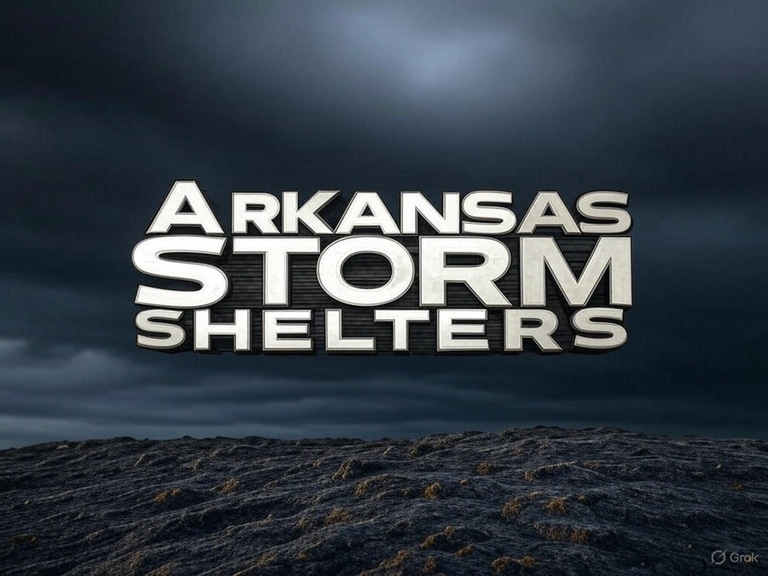Tornado Preparedness Guide
Essential steps for Arkansas homeowners to stay safe during tornado season and protect their property.
Tornado Preparedness for Homeowners
We provide essential guidance for Arkansas homeowners on how to effectively prepare for tornado season with a comprehensive step-by-step approach.






Your Safety Matters
Our goal is to empower Arkansas residents with the knowledge and tools necessary to stay safe during tornado season through practical preparation strategies.
Tornado Preparedness Guide
Essential steps for Arkansas homeowners to effectively prepare for tornado season and ensure safety.
Tornado season in Arkansas typically peaks between March and May, but severe weather can strike at any time of year. As storms become more frequent and intense across the region, preparing your home and family in advance can make all the difference. Whether you're a lifelong resident or new to the Natural State, here’s a practical guide on how to prepare for tornado season and keep your loved ones safe.
1. Know the Signs of Severe Weather
Before a tornado touches down, there are often warning signs such as dark greenish skies, large hail, a loud roar (similar to a freight train), or a visible funnel cloud. Stay informed by monitoring:
NOAA Weather Radio
Local news stations
Weather apps with emergency alerts
Sign up for Arkansas emergency alert notifications through your county’s system to receive real-time warnings and updates.
2. Create a Family Emergency Plan
Every family should have a tornado response plan that includes:
A designated safe space (preferably a basement, storm shelter, or interior room on the lowest floor)
A communication strategy in case family members are separated
A written checklist of tasks and emergency contacts
Practice regular tornado drills, especially if you have young children, to ensure everyone knows what to do when the sirens sound.
3. Install a Storm Shelter
An Arkansas storm shelter is the safest place to be during a tornado. Whether above-ground or in-ground, these shelters are built to withstand extreme winds and flying debris. According to FEMA, a properly installed safe room provides “near-absolute protection” during EF4 and EF5 tornadoes.
If your home doesn’t have a storm shelter, now is the time to consider one—especially with the availability of local rebate programs and grants for Arkansas residents.
4. Build a Tornado Emergency Kit
Keep a well-stocked emergency kit in your storm shelter or safe room. Your kit should include:
Battery-powered flashlight and extra batteries
First aid kit
Bottled water (enough for 3 days)
Non-perishable food
Whistle to signal for help
Cell phone charger or backup power bank
Important documents in a waterproof container
Medications and personal hygiene items
Make sure your kit is checked and restocked at the beginning of tornado season each year.
5. Secure Your Home and Yard
Flying debris causes the majority of tornado-related injuries. Minimize risk by:
Bringing outdoor furniture and trash bins inside during storms
Trimming trees and removing dead branches
Anchoring mobile homes and sheds
Reinforcing garage doors and windows, if possible
These small precautions can reduce property damage and help protect your home during high winds.
Final Thoughts
Tornado season in Arkansas isn’t something to fear—it’s something to be ready for. By taking steps now to prepare, you’ll be giving your family peace of mind when severe weather strikes. And remember, the most important part of tornado preparedness is having a safe place to shelter.
Ready to upgrade your safety plan? Learn more about how a professionally installed Arkansas storm shelter can protect your home and loved ones this storm season.
Contact Us for Tornado Preparedness
Reach out for guidance on tornado season preparedness in Arkansas.


© 2025. All rights reserved.
ARStormShelters.com is your trusted resource for staying safe during severe weather. We offer comprehensive information about tornado shelters and help connect you with reputable installers and providers throughout Arkansas. Please note, we do not sell or install storm shelters ourselves.
